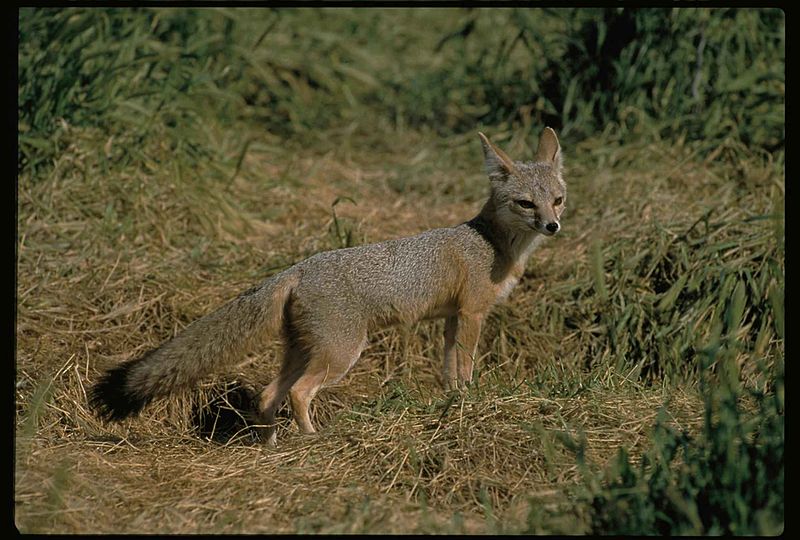Californians have built many new wind and solar projects across our state in recent years, and clean, renewable energy now accounts for more than 20 percent of California's electricity. More is on the way - we're set to have one-third of our energy come from renewable sources before 2020, and Gov. Jerry Brown recently announced a new goal of 50 percent by 2030. This is great news for California and the fight against climate change.
But as the first wave of new wind and solar projects comes to completion, many projects have caused unintended consequences for California’s lands and wildlife. Some poorly sited projects have removed scarce habitat for wildlife and further imperiled California's natural legacy, harming sensitive species like the Mojave desert tortoise, golden eagle, and San Joaquin kit fox among others.
For activists and state regulators alike, it's now time to assess the impacts of that first wave of projects and see how we can learn from them and do a better job next time around.
Unfortunately, some California officials are repeating the mistakes of the past. As soon as today, the California Public Utilities Commission could approve the power purchase agreement for the Panoche Valley Solar Project, located in the Panoche Valley south of the Bay Area. The valley has been identified by federal agencies as one of three remaining core recovery areas for the endangered San Joaquin kit fox, blunt-nosed leopard lizard, and giant kangaroo rat, and is a key habitat for many other imperiled species, including golden eagles, burrowing owls, tiger salamanders, and many more. It is also an Audubon Globally Important Bird Area.
It is outrageous that such a rare and unusual site, hosting a wide range of threatened and endangered species, was ever seriously considered for a major development project in the first place. If the Panoche Valley Solar Project goes forward, it will preclude any hope of recovery for the wildlife that call it home. It could literally threaten survival of the San Joaquin kit fox and other upland species.
That a project would be built in such a delicate place is painful. That it may be built when we know there are better options is disgraceful. Southern California Edison had over two hundred renewable energy projects vying for power purchase agreements when it chose the Panoche Valley project. These include numerous projects in the Central Valley and other parts of California which wouldn’t cause such damage for wildlife and lands.
The Nature Conservancy has identified hundreds of thousands of acres of low-conservation value land in the Western San Joaquin Valley that could host solar projects with minimal impact to wildlife. We can develop solar power in California and protect the environment, and we have to take advantage of the wealth of sites that do not cause such serious harm to wildlife.
California’s ongoing transition to clean energy is an incredible achievement, rightly recognized and respected around the world. But clean energy can and must be balanced with preserving our other great environmental legacy, our state’s beautiful landscapes and diverse ecosystems.
Californians should insist that clean energy be developed sustainably and in balance with healthy ecosystems and wildlife. And the California Public Utilities Commission should not approve a project that is on-track to put a wide range of endangered species in peril.
Bill Corcoran is the Western Campaign Director for the Sierra Club'' Beyond Coal Campaign
